#archaeology
Text
99 notes
·
View notes
Text
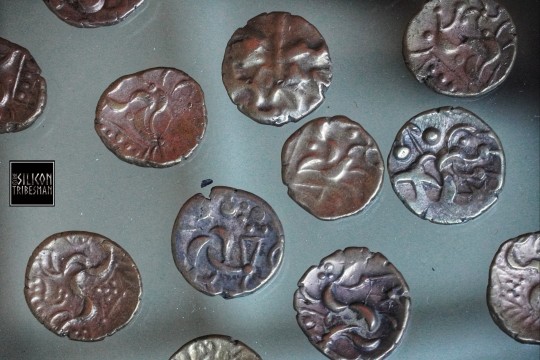
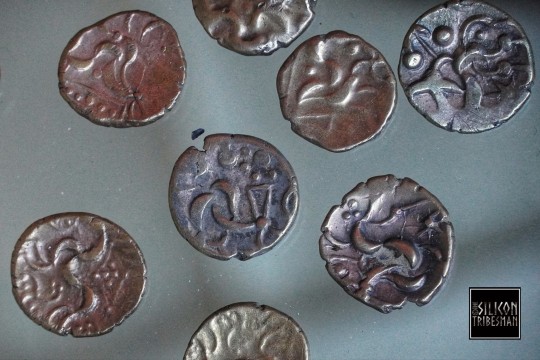
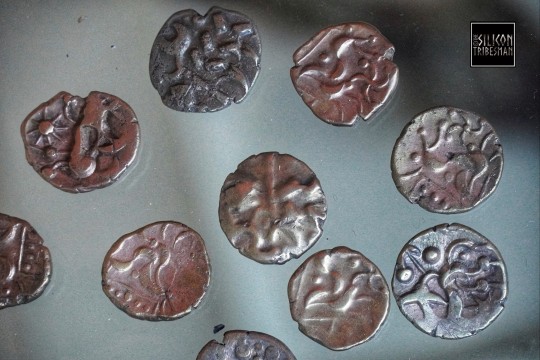
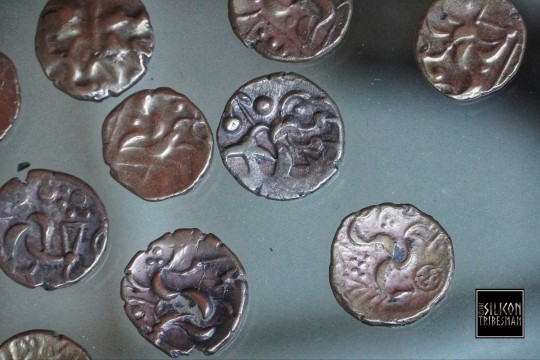
Iron Age Coinage, The Yorkshire Museum, York
#ice age#stone age#bronze age#iron age#copper age#prehistoric#prehistory#neolithic#mesolithic#paleolithic#chalcolithic#archaeology#ancient cultures#ancient craft#ancient living#coins#tribes#money#trade#ancient britain#design#Yorkshire
99 notes
·
View notes
Text
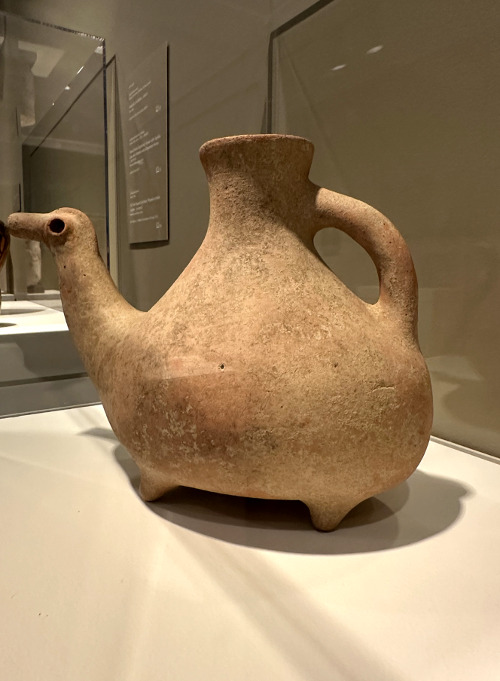
Animal-shaped pouring vessel from the Parthian period, dating back to 3rd-1st century BCE. Ackland Art Museum at the University of North Carolina-Chapel Hill, Chapel Hill, NC.
Photo by Babylon Chronicle
41 notes
·
View notes
Note
Nefretiti
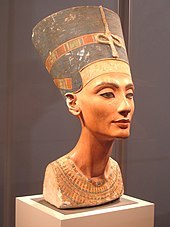
Neferneferuaten Nefertiti, or Nofretiti, (14th century BC; 18th dynasty, New Kingdom) is perhaps best well known for her bust, which has become world famous for its' uniqueness and craftsmanship. But Nefertiti played a role in one of the most controversial eras of Egyptian history. She is one of the most well-recorded Queens of ancient Egypt, but very little is known about her actual life besides conjecture.
Let's start with dissecting her name. Most people will divide her name up into the words Nefer and Titi; Nefer being a common word in ancient Egypt meaning beauty and goodness. In actuality, her name is divided up as neferet - iiti, more classically transliterated as Nfr.t-jy.tj. The t belongs to nefer as it is the denomination of a female pronoun in the ancient Egyptian language, and the jy.tj means coming or has come. All together, her name means The Beautiful One Has Come.
Nefertiti is indeed beautiful; she is, as mentioned earlier, one of the most depicted Queens of Egyptian history, with her image appearing on a great number of walls, in carvings and in paintings, and of course, statues. The reason for this is partly due to her marriage to the Heretic Pharaoh, Akhenaten. To understand this connection a little better, one must have some background about the Pharaoh Akhenaten.
Akhenaten and Nefertiti were married close to when Akhenaten was coronated, which was for him around the age of 16 or 18, and for Nefertiti was around the age of 12 to 16. Akhenaten is fairly well known Pharaoh. His controversial history has made sure of that, despite the fact that after he died, the following Pharaohs did everything in their power to rid Egypt of his memory by destroying his city and erasing all images of him. Akhenaten started off as Amenhotep IV––a name which connects him to the Egyptian God Amun, often associated with the sun, but representing hiddenness, and one of the highest and most powerful Gods of Egypt. The cult of Amun at the time of the New Kingdom was perhaps the most widespread cult of worship in Egypt, and the 18th dynasty, to which the Pharaoh Amenhotep IV belongs, is the first dynasty of the New Kingdom.
This was, apparently, unsatisfactory for the Pharaoh Amenhotep IV. Still, for the first 5 years of his reign, he followed Amun's cult, until he made a dramatic religious change to worship of the Aten; a new God that represented the sun disc. Aten was a faceless God, and the first mention of the word aten was in the Old Kingdom, and back then, it meant 'disc'. While Aten was worshipped as a mere aspect of Ra, the Sun God, in Amenhopte IV's father's (Amenhotep III) reign, Amenhotep IV decided that the Aten should be the primary deity worshipped. Amenhotep IV changed his name to Akhenaten, and worshipped the Aten above all else, as the nurturer of the world, the creator, and the giver of life. This would've likely been fine; however, Akhenaten decided that the Aten should be the only God worshipped, and banned the worship of all other Gods.
Ancient Egypt had been polytheistic since it's very earliest beginnings. Akhenaten essentially introduced monotheism out of nowhere and insisted all his subjects follow him in his new faith, outlawing all other worships, and forcing many priests to abandon the temples of other Gods. Additionally, ancient Egyptians were very accustomed to using an image to worship a God; the image usually being an animal, human, or an animal-headed human. But the Aten was a disc. Although the Aten had been worshipped in Amenhotep III's reign as a falcon-headed solar deity, Akhenaten insisted that the Aten be only shown as a disc with rays reaching out, with small hands on each ray.
Obviously, this caused a lot of dissent in Egypt and the following reigns.
Another interesting point of contention was the fashion in which the Aten interacted with the royal family. In the past, the Pharaoh was connected to the Gods more than any other human––he was the bridge between the two worlds, and the mediator between humanity and the Gods. This was, generally, not a task shared by the whole of the royal family. But in Atenism, the Aten would only shine its life-giving rays onto the Pharaoh and his royal wife; in this case, Akhenaten and Nefertiti. Thus the people, if they wanted to experience the life and love of the only, legally worshippable God, would have to go through the Pharaoh and his wife. This power would've likely, at least in part, been given to the royal family in order to cement their changes, and protect them from any backlash.
This massive change in culture and religion had great affects on ancient Egypt at the time. The style of ancient Egyptian art changed drastically, and the figures of the royal family were now represented as sinuous and gangly, often with large, sagging bellies and breasts, and curved, graceful facial features. Since Akhenaten and Nefertiti, as the royal family, were so important to this new religion of Atenism, the two of them were depicted in a number of scenes––many of them unique to the Amarna period, which is the name for the period in which Atenism was installed. These scenes were familial in nature; depicting the royal couple sitting with their children and bathing in Aten's life-light, throwing gifts down to the people, and engaging with one another. This is one of the main reasons that Nefertiti is the most widely-depicted Queen of Egypt. Not only is she depicted often as the wife of Akhenaten, but she is drawn in her own right––she makes offerings to the Aten on her own, and there are depictions of her smiting the enemies of Egypt, which is a role traditionally given solely to the Pharaoh.
Another piece of evidence for the high status of Nefertiti comes from this famous depiction of the royal Amarna family:

Here, Nefertiti sits on the right side, opposite her husband, Akhenaten. Akhenaten is holding up one of his children, and Nefertiti holds another two children; three of the six daughters that Nefertiti would bear for Akhenaten. The children are depicted in an almost grotesque, alien fashion, though it's not something you can really fault the artists for; it took a long time for artists across the world to realize that babies are not, in fact, just tiny humans, and that their proportions are different. Still, the style of the Amarna period is not helpful; with their large, oval heads, thin limbs, and sagging stomachs, it is difficult to imagine that anyone could be traditionally, Egyptian beautiful. Yet there is still a strange beauty to it; the sagging bellies are meant to call to mind Hapi, a God of great fertility, and the artist's ability to capture the facial features and emotions of their subject is amplified by this new and forgiving artstyle.
This image is a house altar. What that means is that people were encouraged, and evidentially did, worship the royal family in their homes, which is somewhat unprecedented. House altars were usually for Gods such as Tawaret and Bes, who were protectors of the household. But now, with traditional Egyptian religion banned, the typical house altar was now a shrine to Akhenaten and Nefertiti, and by extension, their children, which again shows the importance and power bestowed upon not just the Pharaoh, but his wife as well, as the two are represented in equal size.
Another interesting note about this particular house altar is the thrones on which Akhenaten and Nefertiti are seated. While Akhenaten's seat is mostly blank, Nefertiti is seated upon a throne reserved only for Pharaohs, the reason for this being the decorations which depict the Sema-Tawy ritual; the conjoining of the two lands.
Some time during the course of Akhenaten's reign, he decided to move the capital of Egypt to a deserted stretch of land along the Nile Valley, and called the new city Amarna, for which the period was named after. Here, the royal family took up residence, and this is where the cult center of the Aten would carry out its worship. This is also where Akhenaten royally screwed up his duties in foreign diplomacy, but that is a story for another day.
Before moving to Amarna, Nefertiti had three daughters in Thebes, the previous capital, and three more daughters in Amarna. In order, her daughter's names were Meritaten, Meketaten, and Ankhesenpaaten; then in Amarna, Neferneferuaten Tasherit, Neferneferure, and the youngest, Setepenre. It was to a lesser wife of Akhenaten's that the famous boy Pharaoh Tutankhamun was born, and originally, his name was Tutankhaten.
During his reign, when concerning Nefertiti, Akhenaten placed special attention upon her and loved her dearly, which is why she was one of the most powerful Queens of Egypt. Akhenaten described her as "possessed of charm" and "sweet of love", that "one is happy to hear her voice," and that "contents the Aten with her sweet voice". The two husband and wife were rarely depicted separately, and Akhenaten gave Nefertiti the title of 'heiress', although she was not the daughter of a King. Instead, what many scholars believe Akhenaten meant by this, was that she was to be his successor.
After Akhenaten's death, two Pharaohs ruled for a short time before Tutankhamun took over, and one of those Pharaohs is believed to have possibly been Nefertiti under the name of Neferneferuaten, which means beautiful is the beauty of the Aten. It is still debated whether this was in fact Nefertiti, but given that Nefertiti had given herself the name Neferneferuaten far before Akhenaten's death, and the elvated status gifted by her husband, it seems somewhat likely.
In essence, due to the circumstances of her life and her husband, Nefertiti was elevated to a status that never came before or after her life. Women in ancient Egypt were awarded the same rights as a man, but the wife of the Pharaoh was never depicted as equal to the Pharaoh in such a fashion, as being Pharaoh meant being the intermediary between the heavenly and the earthly, and was a special accorded honour. Nefertiti, perhaps due in part to her charisma and beauty, was given a position equal to the Pharaoh, which never happened unless it was a woman who was becoming Pharaoh. As controversial as Akhenaten's reign was, he did love his wife greatly.
I want to share my opinion on this subject a little, which is essentially to say, that I don't like Akhenaten and I don't try to hide it. His worship of the Aten is alright, but it is the banning of all other worship which rests very uneasily in me. That being said, there is a good source which goes more into detail about Nefertiti, and it is very pro-Akhenaten and anti-ancient Egyptian religion, instead glorifying the monotheism of Atenism and such. Still, it is a valuable resource; Nefertiti and Cleopatra: Queen-monarchs of Ancient Egypt, by Julia Samson, and can be found on Internet Archive here.
30 notes
·
View notes
Text
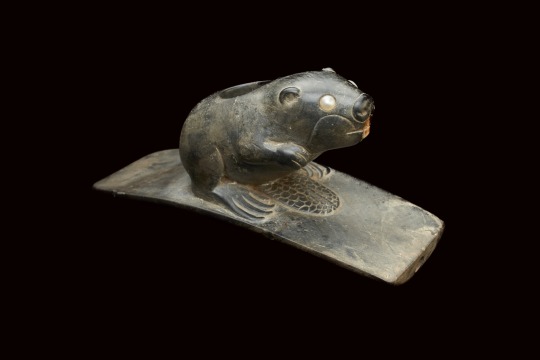

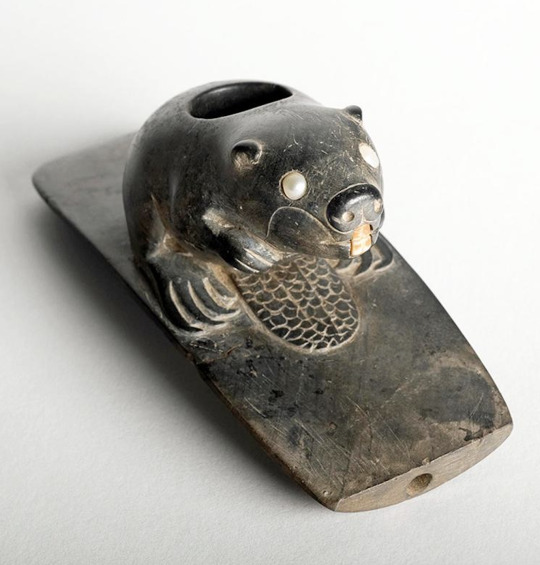
Beaver Effigy Pipe (circa A.D. 200-400)
Pipestone with mother of pearl and bone inlay. Hopewell Culture, from Tremper Mound in Scioto County, Ohio.
via. Gilcrease Museum, Tulsa
#archaeology#hopewell culture#indigenous art#pipestone#other(s') art#<- new tag alert (going to be mainly for art history posting)
23 notes
·
View notes
Text
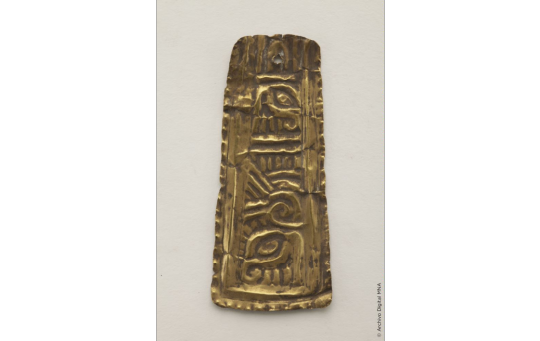
Cultura: Tarasca
Técnica: Templado, Martillado, Recortado
Provenience unknown, possibly looted
MNA
20 notes
·
View notes
Text
A murder mystery film set in a medieval village. After an outbreak of plague, the villagers make the decision to shut their borders so as to protect the disease from spreading (see the real life case of the village of Eyam). As the disease decimates the population, however, some bodies start showing up that very obviously were not killed by plague.
Since nobody has been in or out since the outbreak began, the killer has to be somebody in the local community.
The village constable (who is essentially just Some Guy, because being a medieval constable was a bit like getting jury duty, if jury duty gave you the power to arrest people) struggles to investigate the crime without exposing himself to the disease, and to maintain order as the plague-stricken villagers begin to turn on each other.
The killer strikes repeatedly, seemingly taking advantage of the empty streets and forced isolation to strike without witnesses. As with any other murder mystery, the audience is given exactly the same information to solve the crime as the detective.
Except, that is, whenever another character is killed, at which point we cut to the present day where said character's remains are being carefully examined by a team of modern archaeologists and historians who are also trying to figure out why so many of the people in this plague-pit died from blunt force trauma.
The archaeologists and historians, btw, are real experts who haven't been allowed to read the script. The filmmakers just give them a model of the victim's remains, along with some artefacts, and they have to treat it like a real case and give their real opinion on how they think this person died.
We then cut back to the past, where the constable is trying to do the same thing. Unlike the archaeologists, he doesn't have the advantage of modern tech and medical knowledge to examine the body, but he does have a more complete crime scene (since certain clues obviously wouldn't survive to be dug up in the modern day) and personal knowledge from having probably known the victim.
The audience then gets a more complete picture than either group, and an insight into both the strengths and limits of modern archaeology, explaining what we can and can't learn from studying a person's remains.
At the end of the film, after the killer is revealed and the main plot is resolved, we then get to see the archaeologists get shown the actual scenes where their 'victims' were killed, so they can see how well their conclusions match up with what 'really' happened.
#film ideas#plotbunny#murder mystery#detective stories#period dramas#middle ages#history#archaeology
20K notes
·
View notes
Text
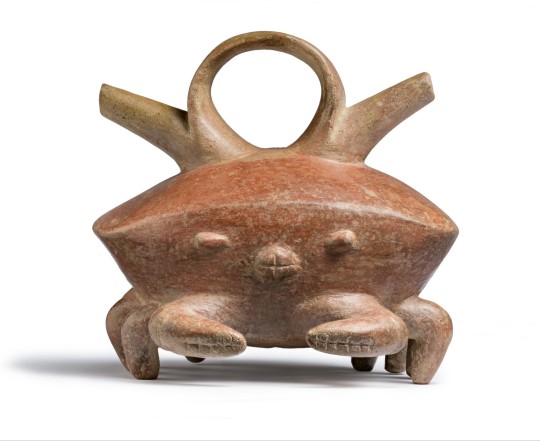

~ Crab Vessel with Double Spout.
Place of origin: Colombia, Calima Region
Period: Ilama Period
Date: 1500 B.C.-A.D. 100
Medium: Ceramics
#ancient#ancient art#history#museum#archeology#ancient history#archaeology#ancient pottery#pottery#south america#crab#crab vessel#calima#Colombia#pre columbian#Ilama Period#1500 b.c.#a.d. 100
17K notes
·
View notes
Text
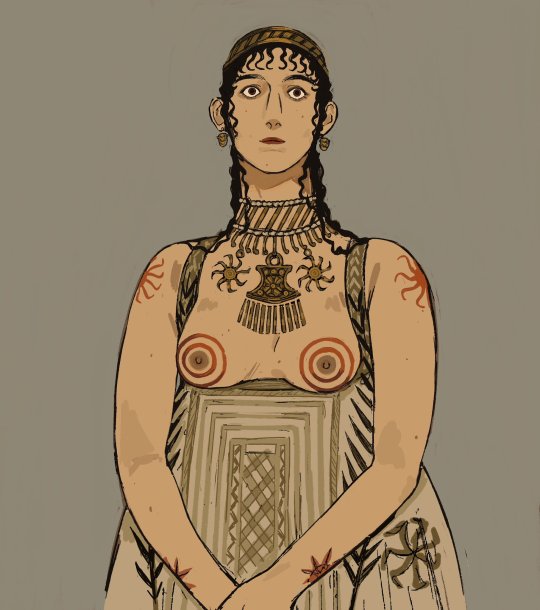

She
52K notes
·
View notes
Text
so. um. the good news is we found your boyfriend. the bad news is that, well, we sort of…dug him up…in the middle of a car park. in leicester (buckley et al. 2013). leicester, yeah. sorry. they demolished the friary he was hastily interred in when henry viii dissolved all the monasteries. you know how it is. and as it turns out, well, shakespeare was…sort of right about him. scoliosis, yeah, sorry (appleby et al. 2014). if it makes you feel any better we analysed his bones and it turns out he had a pretty high-protein diet before he died (lamb et al. 2014). and he drank so much wine that it changed their chemical composition, which we didn't know could actually happen before we analysed him (lamb et al. 2014), so he was having a good time, at least.
BIBLIOGRAPHY
Appleby, J., Mitchell, P.D., Robinson, C., Brough, A., Rutty, G., and Morgan, B. (2014). The scoliosis of Richard III, last Plantagenet King of England: diagnosis and clinical significance. Lancet 383, 1944.
Buckley, R., Morris, M., Appleby, J., King, T., O’Sullivan, D., and Foxhall, L. (2013). ‘The king in the car park’: new light on the death and burial of Richard III in the Grey Friars church, Leicester, in 1485. Antiquity 87, pp. 519-538.
Lamb, A.L., Evans, J.E., Buckley, R., and Appleby, J. (2014). Multi-isotope analysis demonstrates significant lifestyle changes in King Richard III. Journal of Archaeological Science 50, pp. 559-565.
#found this in my drafts thought it was still funny#archposting#richard III#archaeology#alevelposting#<- contains tudors memes#i've actually met one of the cited authors here they were very cool. we weren't talking about riii though (bronze age greece)
7K notes
·
View notes
Text

75K notes
·
View notes
Text
53 notes
·
View notes
Text
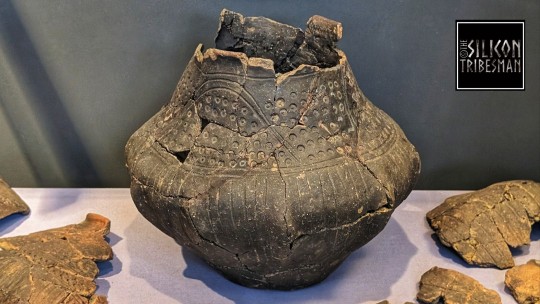

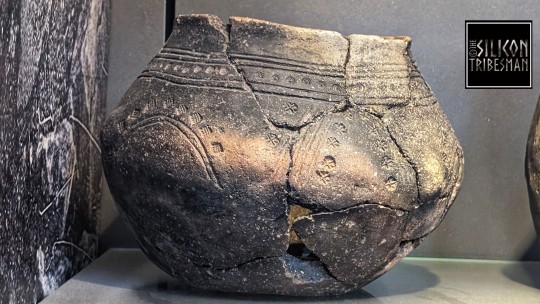
Anglo-Saxon Funerary Pottery, The Collection, Lincoln
#anglo saxon#pottery#pottery fragments#ancient cultures#ancient craft#ancient design#ancient living#funerary urn#archaeology#relic#fragments#Lincoln#patterns
74 notes
·
View notes
Text
My anthropologist partner dislikes the 1.20 update because it refers to pieces of pottery as "shards" rather than the correct term, "sherds"
46K notes
·
View notes
Text

An extraordinary Acheulean handaxe knapped around a fossil shell circa 500,000-300,000 years ago.
The maker appears to have deliberately flaked around the shell to preserve and place it in a central position. As a result this handaxe has been described as an early example of artistic thought.
From West Tofts, Norfolk.
Museum of Archaeology and Anthropology, University of Cambridge, Courtesy Alison Fisk
15K notes
·
View notes
